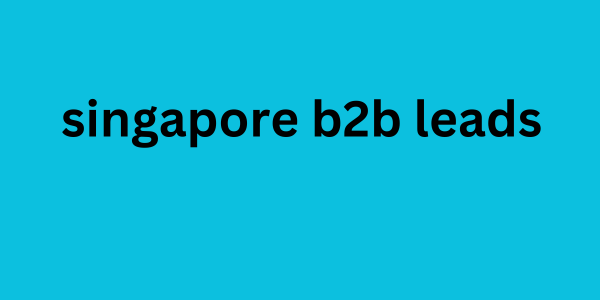While there are many guides on how to singapore b2b leads
install Yoast SEO online, we would like to walk you through all the steps and show you what we think are the most important options of the plugin. So, without waiting for too long, let’s get started installing Yoast SEO to get the most out of it for your blog.
Contents hide
1 Installing and Configuring Yoast SEO Plugin
1.1 Yoast SEO Dashboard
1.2 Yoast SEO Titles & Meta
1.3 Yoast SEO Social
1.4 Yoast SEO XML Sitemaps
1.5 Yoast SEO Advanced Options
1.6 Yoast SEO Tools
1.7 Yoast SEO Search Console and Premium Extensions
2 Yoast SEO Post and Page Options
2.1 Yoast SEO Keywords
2.2 Yoast SEO Post Readability
2.3 Yoast SEO Social Post Settings
2.4 Yoast SEO Advanced Post Settings
2.5 Related publications:
Installing and Configuring Yoast SEO Plugin
First, you need to install the plugin. Yoast SEO is installed the same way as any other free plugin from WordPress.org, so the following steps should be somewhat familiar to you:
Login to your WordPress installation
From your dashboard, go to Plugins > Add New
Find Yoast SEO - it should be the very first result (the one with the stop light logo).
Click the Install Now button
After downloading and installing the plugin, click the Activate Plugin button
That's it! You're all set and ready to set up. You should see a new menu item called SEO at the bottom of your dashboard. Click the SEO link to get started!
Note : While settings may vary depending on your individual requirements, below are the basic options that most WordPress blogs will want to take advantage of.
Yoast SEO Dashboard
The first screen you will see is the dashboard. The Yoast SEO dashboard is a great place to start once you have installed the plugin. There are five tabs in this section, each containing important features and options to consider.
]

The main tab of the dashboard displays any SEO issues or recommended improvements that the plugin has found on your site. It's a quick and easy way to keep an eye on your on-page SEO.
Under the General tab , you will find an option to reset Yoast SEO to its default settings. After installing any plugin, many users like to test or try out options, and this option offers an easy way to revert to the default settings to enable only the most useful options for your site.
The Company Information tab is just what it sounds like, basic information about your site. We recommend at least including the name of your site, whether you are a company or individual, and a business/personal name. There are additional options for an alt name and logo, but that is up to you.
Use the Webmaster Tools tab to check your site with major search engines and enable OnPage.org Indexability Check.
Finally, the Security section offers the option to enable the Yoast SEO Advanced Meta Box. This option won't be needed by most users, as it's primarily for unindexed posts and canonical content.
Yoast SEO Titles & Meta
The next step is to set up your titles and meta titles. This is a very important step because you will be setting up how your page and post titles will be displayed in search results.
Starting with the General section , first make sure you have chosen a preferred separator to use for all of your headings. We recommend - (dash) or | (pipe) as they are common and familiar to most users, but your choice of separator should not impact SEO.
Next, go to the Home tab and set your home page title and meta description . This is very important and is what will show up in search results. Make sure what you write is relevant to your site as a whole, but also remember to use the keywords you hope to rank for .
The Post Types , Taxonomies , and Archive tabs offer similar options for setting preferred title and meta description templates for the various pages of your site. Notable settings include a noindex option for tags (if you don't use them, it's best to set them to noindex) and the ability to disable date-based archives (since most of your readers will be searching by context, not date).
